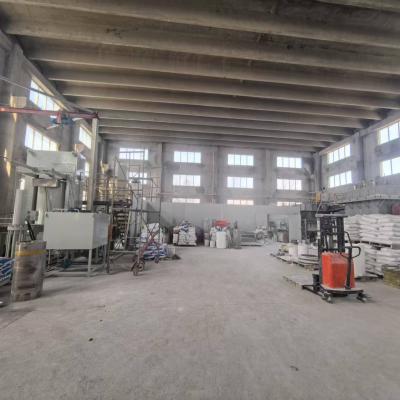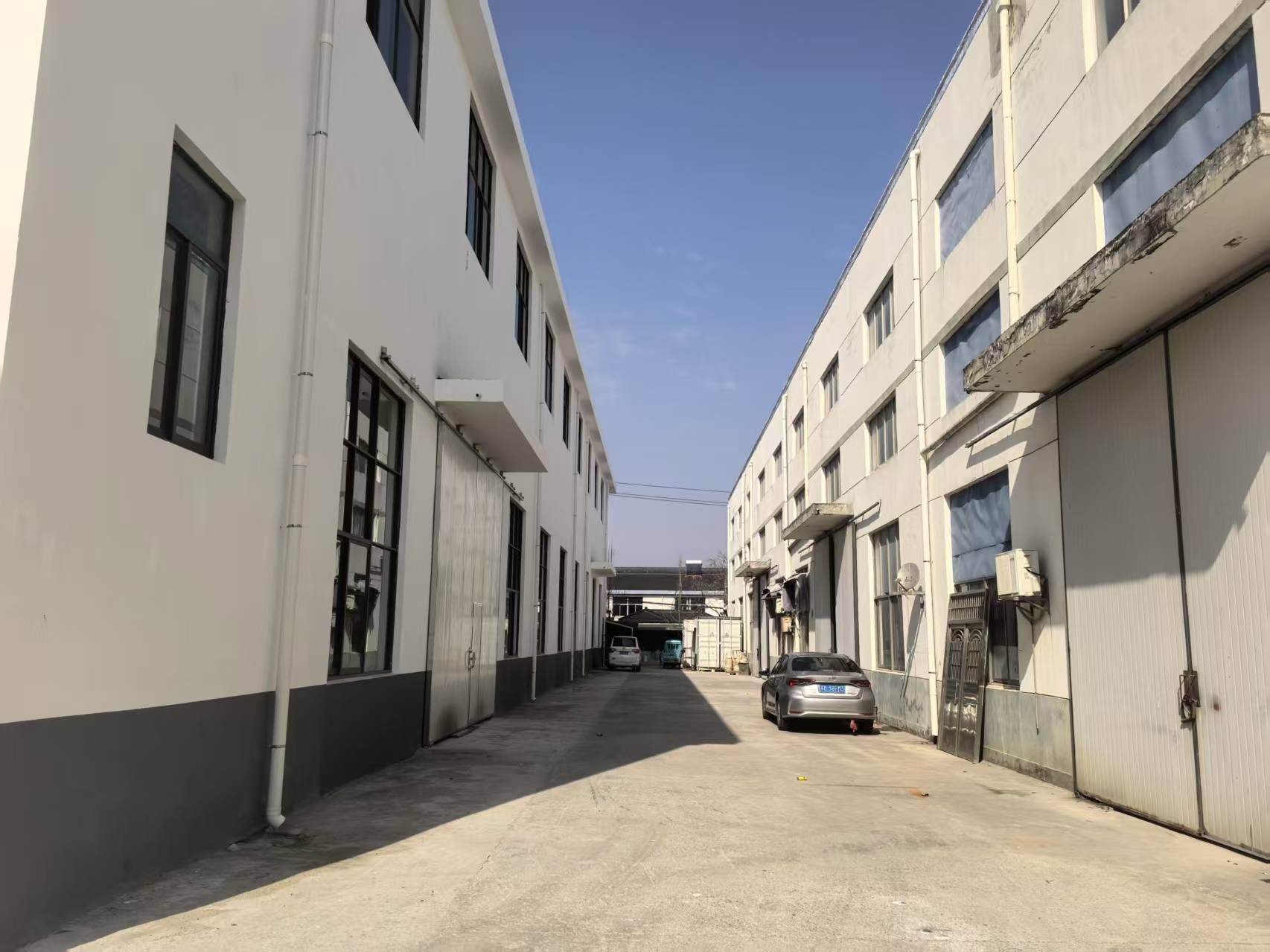
Technological component possess superior structural essences, rendering them fit for a inclusive array of purposes. Stemming from outer space and vehicles to electronics, these substances are regularly transforming to accommodate the needs of a progressive society.
- Their hardness and endurance to drastic thermal states make them pivotal for leading apparatus.
- In addition, technical ceramics supply merits in terms of strength, enhancing the advancement of cutting-edge technologies.
Forming Composites: Developed for Exceptional Functionality
Developed ceramics lead in rigorous uses due to their unique features. Formed from specially chosen raw constituents and processed with meticulous processing techniques, these high-tech compounds showcase superior sturdiness, erosion resistance, and endurance to tough atmospheres, deterioration, and erosion. From orbital parts to engraving tools, industrial ceramics present unique operation across wide-ranging domains. Their flexibility allows enduring stringent circumstances, affirming lastingness and stability. As modernization progresses, the call for quality components grows, cementing the essential job of industrial ceramics in shaping a thriving period.
Pioneering Ceramics: Scaling Substrate Confines
Structures, boasting unparalleled fortitude and resilience, are undergoing a reformation. Cutting-edge ceramics, manufactured with precise control over their constitutions and fine structure, exceeding the frontiers of what is feasible. These forms carry a extensive assortment of essentials, qualifying them perfect for exacting domains such as aerospace, biomedical, and power. From low mass parts that weather extreme climatic environments to bioinert implants that merge effortlessly with the anatomy, advanced ceramics are transforming our environment.
Careful Ceramic Manufacturing: Accomplishing Focused Demands
Manufactured ceramic fabrication has grown significantly in recent epochs, authorizing the construction of complex and highly effective ceramic parts. These modules are indispensable across a inclusive range of branches, including aerospace, medical, and electrical domains. Fulfilling the demanding criteria for these purposes calls for precise fabrication processes that ensure dimensional precision, surface finish, and material characteristics. Contemporary ceramic fabrication processes leverage manifold methods, including slip casting, injection molding, and additive manufacturing. These strategies empower the manufacture of fine patterns and detailed characteristics with exceptional steadiness. In addition, advances in material research have produced new ceramic designs endowed with boosted attributes. These forms boast increased durability, survival, and tolerance to intense thermal conditions, empowering their use in critical sectors.
The chances for precise ceramic fabrication are great. As investigations and evolution continue, we can reckon on even more complex procedures and forms that will again increase the limits of what is manageable in this domain.
Exceptional Ceramic Substances for Demanding Realms
Advanced ceramic substances exhibit extraordinary toughness and tolerance against rigorous situations, making them favored for exacting applications in energy territories. These cutting-edge ceramics can face forceful warm loads, resist corrosion, and maintain their performance under severe physical stresses. Their unique atomic characteristics enable solid work in tough situations, including fireplaces, gas turbines, and energy generators.
- Ceramic matrix composites
- Temperature durability
- Optimized lightness
Ceramic Alloys: Combining Sturdiness and Applicability
Composite materials furnish a effective mix of mechanical robustness and distinct tailored characteristics. Through the fusion of ceramic bits within a copyright, these composites achieve remarkable functionality. This fusion results in heightened immunity against high heat exposure, wearing, and chemical degradation, rendering them appropriate for precise deployments in aeronautics, automotive, and utilities industries. Furthermore, ceramic composites can be engineered to possess individual properties like electrical conductivity or biocompatibility, extending their employability across diverse realms.
Microstructural Control in Modern Ceramics
Reaching intended traits in innovative ceramics consistently obligates exact direction over their fine formation. Myriad handling criteria, including sintering heat magnitude, span, and atmosphere, alongside the integration of dopants or supplementary phases, materially impact the alignment of aggregates, permeability, and other microstructural features. Careful customization of these conditions allows for the betterment of strength, splitting resistance, and thermokinetic conductivity. Such as, raising the sintering thermal exposure can enhance grain proliferation, thus increasing thickness and improving mechanical rigidity. Conversely, governing the firing atmosphere may affect the oxidation position of the ceramic, thereby influencing its electrical resistance or magnetic aspects. Grasping these relationships between microstructure and properties is indispensable for designing advanced ceramics with personalized performance suitable for diverse roles.
Erosion-Resistant Ceramics: Augmenting Strength
Within challenging workshop fields, where sections are forced to constant scoring and degradation, elements with remarkable hardness are vitally necessary. Wear-resistant ceramics have developed as a principal resolution, granting unparalleled strength and output in multiple fields such as production, mining, and aerospace. These modern compounds possess a unique fine structure that enhances their ability to withstand wear. By utilizing the essential toughness and substance of ceramic assemblies, engineers can formulate sturdy components capable of bearing the most inimical operating settings.
Health-Safe Ceramics: Scenarios in Health Sector
Bioinert ceramics have revolutionized the hospital domain, providing an array of valuable traits for broad functions. These materials are harmless within the physiology, minimizing immune responses and stimulating tissue integration. A prime function for biocompatible ceramics is in joint replacements, where their sturdiness sustains long-lasting support to damaged biological tissues.
Additionally, they are applied in oral care, delivering a sturdy and aesthetically pleasing solution for tooth restoration. Ceramics also assume a key part in therapeutics, contributing to the targeted delivery of pharmaceuticals to specific areas within the biological makeup.
- Furthermore, biocompatible ceramics are repeatedly being explored for biomaterials development, serving as a matrix for replacement.
- For that reason, the path forward of biocompatible ceramics in clinical use looks propitious, with continual advancements expanding their roles.
Ceramic Measuring Instruments: Driving Precise Readings
Sensitive ceramic devices have emerged as principal constitutents across a multifaceted array of domains. ceramic tube These detectors exploit the peculiar qualities of ceramic compounds to deliver highly accurate observations. Their sturdiness in {demanding|harsh| 